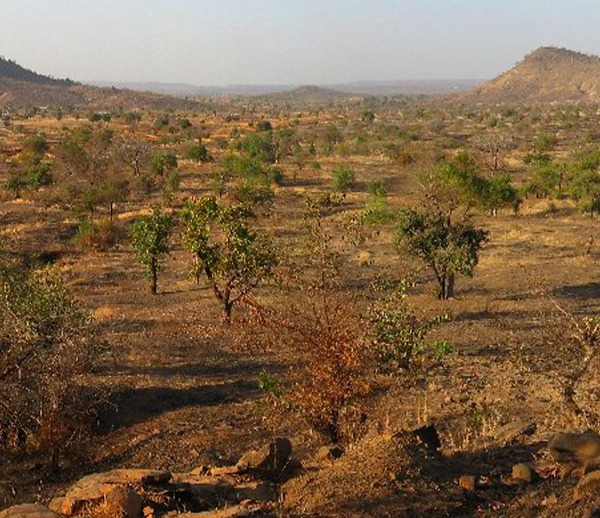
The colourful 64-page magazine exemplifies solution-oriented journalism. Instead, the magazine generates debate over such fundamental but often ‘taboo’ subjects as polygamy, teenage abortion, alcoholism, rural medicine, contraception, and the adverse impact of tourism. It offers no gimmicks, no giveaways, no sensationalism or sentimentality. Here the ‘press’ consists mostly of government propaganda, cheap European periodicals, soap-opera ‘photo-romans’, and occasionally mimeographed, locally produced ‘magazines’.į & D, published in Senegal, has broken with the norms of African journalism. In this part of Africa the censorship of military regimes is heavy-handed literacy in some countries is below 10 per cent some countries are without a single indigenous magazine or newspaper. D), the new hard-hitting quarterly magazine, by, for and about Africans, has become one of the most popular international periodicals and perhaps the most influential in one of the poorest, most information-starved areas of the Third World. Overnight, Famille et Developpement (F &. Entire articles are broadcast over various radio stations. Midwives in Upper Volta, children in Zaire, village blacksmiths in Mali and university deans in Senegal studiously pour over this African magazine.

A reader in a remote area of Mali is so grateful for his subscription he gives two chickens to the person who sold him the subscription. The police chief in Diouloulou, Senegal, buys an issue for his wife every three months.

A schoolboy in Abidjan tears a page from his exercise book to scribble thanks to the editor. The letters to the editor tell the story. "Excuse the state of the pitch." F & D doesn't pull punches when criticising the French in Africa


 0 kommentar(er)
0 kommentar(er)
